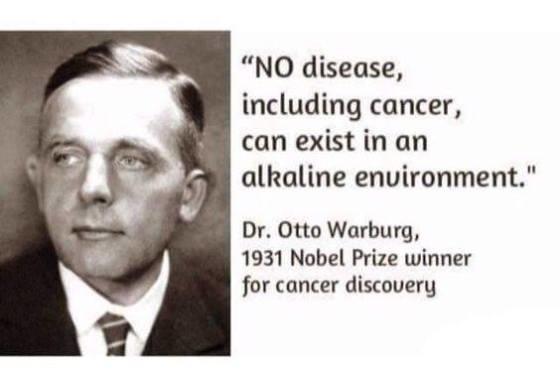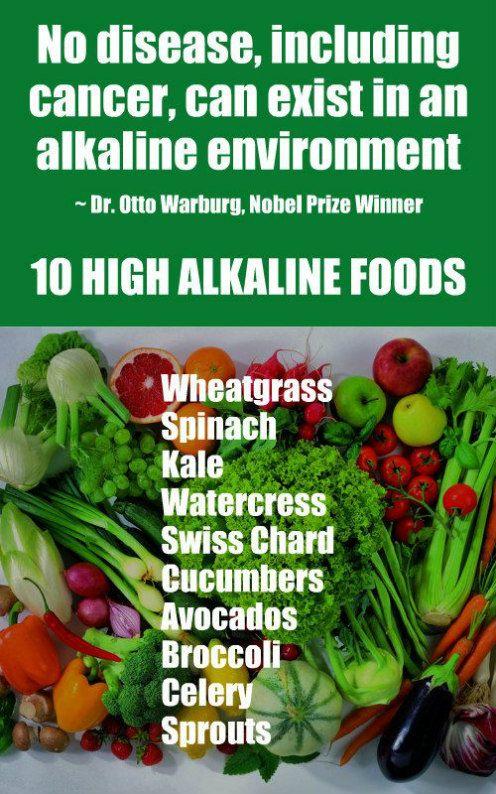
Acne is still a problem for many people at their 20s, and affects ages up to 45 years old, not just teenagers. Mild adult acne may consist of blackheads, whiteheads, or small pustules.
In its moderate form, adult acne might also include papules, which cover one-fourth to three-fourths of the face or body, mostly the back. Severe adult acne often comes with more extreme redness, swelling, irritation, and deep cysts. Another condition, rosacea, is often referred to as “adult acne,” but is different from classic acne because the bumps are usually smaller and they appear all at once, in cycles. Let's explore why it appears and what you can do to cure it.
To begin with, hormones is a possible cause of acne. Do a blood test to check your hormones. Fluctuating or excessive male or female hormones can lead to adult acne because of changes they create in the entire body and the environment of the skin. This can lead to a pH imbalance, inflammation, differences in circulation, or excessive production of oil (sebum). Hormonal fluctuations occur in the process of aging, and for females, during: menstruation, pregnancy, the postpartum period, breastfeeding. Hormonal acne usually appears as deep and cyst-like, and is often tender or painful.
Moreover, emotional and physical stress is affecting acne to a great degree. When you're stressed, you have an organ called the adrenal gland that makes the stress hormone cortisol, and puts it out into the body to help the body deal with stress. Unfortunately, a tiny bit of testosterone leaks out with it. For a woman, this male hormone can drive the oil glands to produce more oil—the root cause of breakouts. Find out which fears trigger your anxiety , relax and you 'll see a big difference in your pimples.Physical stress can also trigger hormonal changes, weakened immunity, and inflammation. It may arise from: extreme weather, lack of sleep, illness, dehydration, exposure to environmental irritants. Some research shows that people who have allergies and migraines, and those who smoke, are also more likely to have adult acne.
Air-pollution and ingredients in cosmetic products , such as perfume, face creams and make up, can also cause acne. Certain cosmetic products contain harsh ingredients that cause irritation. There exist useful websited to look for products and ingredients reviews, such as https://www.makeupalley.com/ and https://www.ewg.org/ If you have oily or combination skin and you are prone to breakouts, you should be using skin-care products labeled "oil-free,"non-comedogenic," or "water-based''. Some people find that silicones is an ingredient that causes them to get acne, but that's not proven by scientific research. Cleaning your face and back daily is key. You remove the makeup, preferably with michellaire water, you use a mild soap or cleanser, then you put on the anti-acne products prescribed by your dermatologist or you moisturise with an oil-free cream. Don't touch your pimples with dirty hands and don't squeeze them, because they might get infected and you might cause scars.Those big, painful zits will leave a scar if you pick and prod at them. The reason they're painful is because quick expansion stretches the nerves. Take a painkiller, apply a warm or cold compress (whichever feels better to you), and go see your dermatologist. Cortisone shots are the true 'spot treatments' for painful cystic acne lesions.
On the other hand, washing and exfoliating excessively also causes acne. You shouldn't wash up more than twice per day. Don't use harsh cleansers, those that claim to strip oil from your skin. You do have to exfoliate, but no more than once per week.The outermost layers of skin are already dead, so they're more resistant to pollution and invaders. The challenge comes when these layers stick around for too long. Slow cell turnover is especially problematic for acne-prone skin. The excess sebum production associated with this condition contributes to the delay. Don't use physical scrubs such as gritty facial scrubs, homemade scrubs made of coffee, sugar or charcoal, konjac sponges, clarisonic brushes, dermabrasion and cleansing cloths. If you have acne-prone skin, you should avoid these items all costs, because they are breeding grounds for spot-causing bacteria, they can inflame your skin through excessive scrubbing action and they can push acneic papules and pustules into the deeper layers of your skin.
To open up clogged pores, instead of using physical exfoliants, acne-prone skin types should always opt for chemical exfoliants. Chemical exfoliants use acids or enzymes to dissolve the glue that holds dead skin cells together —without any irritating scrubbing action. Especially for the face, which is more sensitive, they are the best option for ridding the skin of dirt and grime and not causing irritation.What's more, in addition to simply whisking away dead skin cells and debris on the skin, acid exfoliators have can have long-term benefits for skin. Unlike physical exfoliants, over time, they smooth, brighten and even out skin tone because they also stimulate collagen production, firm up your skin and reduce wrinkles.Chemical exfoliants include ingredients such as: Glycolic acid, salicylic acid, lactic acid, papain (enzyme derived from papaya), bromelain (enzyme derived from pineapple)
It's also important to soothe and protect skin post-exfoliation, and that means loading up on moisturizers and sunscreen. A lot of sunbathing does worsen acne. Look for product with ceramides, hyaluronic acid and peptides to strengthen the skin barrier,. Skin with acne still needs to be moisturised, with an oil-free moisturiser.
We've all heard the foods that allegedly cause acne—chocolate, fried foods, pizza, caffeine, nuts. These have not been proven to cause zits, but there are always exceptions. If you break out when you eat chocolate, don't eat chocolate. Same with dairy, which again, has been shown in some cases to have an effect but no concrete cause-and-effect relationship exists.The one food to avoid overconsuming is iodine. You can find it in shellfish, like lobster, shrimp, crab, and some greens like kelp and spinach. The different between iodine and those other "acne-causing foods" is that iodine builds up over weeks and months before it starts to affect skin. Another potential skin saboteur is sugar, because it raises your insulin level. More and more evidence shows that insulin may boost those oil-triggering male hormones, Dr. Schultz explains. Stick to low-glycemic foods—ones that have complex carbs like whole grains, which break down slower in the body and cause less of an insulin spike.
Another cause is contact irritation. Anything that irritates the skin can lower the skin’s defenses and cause a protective reaction that leads to inflammation. This may include shaving sensitive or dry skin, having extra weight that causes chaffing, and friction in certain areas if you're a runner or a cyclist. This requires some research to avoid the friction as much as possible.
Medications may cause acne as well. Some medications have definitely been found to trigger adult acne, including certain corticosteroids, antidepressants, and epilepsy treatments. Although contraceptives are used to treat adult acne, certain formulations may also cause it. Your doctor can help you choose the best formula for your needs.
The ingredients to look for: Salicylic acid is the gold standard of acne treatment. It works by exfoliating gently to unclog pores. It's in a ton of OTC cleansers and spot treatments, and it's gentle enough to use on your whole face. Benzoyl peroxide works by actually killing the acne bacteria, while exfoliating the pores at the same time. It's not so gentle and can make skin really dry and irritated if you use too much. Stick to spot-treating with this one.Sulfur draws oil out of skin and has a drying effect, making it another great spot treatment. You'll also find it as the active ingredient in some face masks. Glycolic Acid is an alpha-hydroxy acid and an exfoliating ingredient that targets both acne and wrinkles at the same time. This will help improve skin's texture and reduce fine lines and wrinkles while also clearing up breakouts. Retinol is a vitamin A derivative, which the skin absorbs and converts to retinoic acid. Retin-A is the prescription form. The biggest downside is they're harsh and can sometimes be too much for sensitive skin. Hovever, a good dermatologist will be able to give you a treatment based on your individual needs, and you'd ve better off not start experimenting with agressive acne treatments, in order to not end up with dry flaky skin.
Finally, acne scars are very common, and not something to worry over. However, if they bother you, scars that are indented aren't going to go away on their own and most likely need professional treatment. Talk to your dermatologist about laser options, as well as subcision and microneedling—all proven methods to get rid of scarring. But those brown spots left behind once a zit goes away, you can treat them at home if you're diligent, by using sunscreen, exfoliation, and application of a bleaching product that will help remove the excess pigmentation in the skin. I'd procced with caution with bleaching products, however.
 Holidays
Holidays  Girl's Behavior
Girl's Behavior  Guy's Behavior
Guy's Behavior  Flirting
Flirting  Dating
Dating  Relationships
Relationships  Fashion & Beauty
Fashion & Beauty  Health & Fitness
Health & Fitness  Marriage & Weddings
Marriage & Weddings  Shopping & Gifts
Shopping & Gifts  Technology & Internet
Technology & Internet  Break Up & Divorce
Break Up & Divorce  Education & Career
Education & Career  Entertainment & Arts
Entertainment & Arts  Family & Friends
Family & Friends  Food & Beverage
Food & Beverage  Hobbies & Leisure
Hobbies & Leisure  Other
Other  Religion & Spirituality
Religion & Spirituality  Society & Politics
Society & Politics  Sports
Sports  Travel
Travel  Trending & News
Trending & News 

Most Helpful Opinions